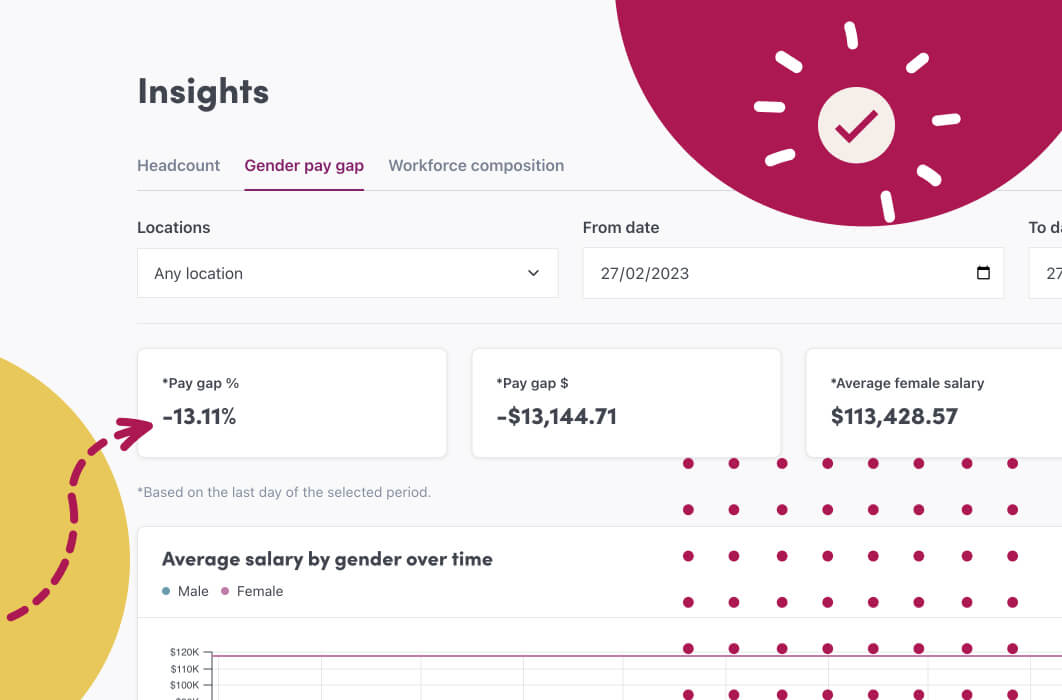In the world of Human Resources, there are numerous acronyms and terms that can be confusing to navigate. From compliance regulations and benefits to hiring and employee development, it can be difficult to keep up with the constant influx of HR jargon. That’s why having an HR glossary on hand can be a lifesaver for professionals in the industry. In this blog, we’ve compiled a comprehensive A-Z glossary of common HR terms, along with their definitions. Whether you’re new to the field or a seasoned HR veteran, this guide is designed to help you understand and communicate effectively in the ever-changing world of Human Resources. So, let’s dive in and demystify the HR lexicon together!
A-E: HR glossary
A – Applicant Tracking System (ATS): A software system used by HR departments to manage and organise job applications and candidate data.
B – Benefits: Non-wage compensation provided to employees, such as health insurance, retirement plans, and paid time off.
C – Compliance: Adhering to laws and regulations related to employment, including anti-discrimination laws, minimum wage laws, and workplace safety regulations.
D – Diversity and Inclusion: The practice of promoting a diverse and inclusive workplace culture that values and respects individuals from different backgrounds.
E – Employee Engagement: The level of commitment and connection an employee has to their job and the organisation they work for. Read more about employee engagement software here.
F-J: HR glossary
F – Fair work: set of laws in Australia that governs employment and workplace relations. It was introduced in 2009 and is administered by the Fair Work Ombudsman, an independent statutory agency that helps employers and employees understand their rights and obligations under the system.
G – Grievance: A formal complaint filed by an employee regarding a workplace issue, such as discrimination or harassment.
H – Human Resources Information System (HRIS): A software system used by HR departments to manage employee data, such as payroll, benefits, and performance.
I – Induction: The process of introducing new employees to the organisation and providing them with the information they need to succeed in their role.
J – Job Description: A document that outlines the duties, responsibilities, and qualifications required for a particular job.
K-N: HR glossary
K – Key Performance Indicators (KPIs): Specific metrics used to measure the performance of employees, teams, and the organisation as a whole.
L – Leadership Development: The process of developing the skills and abilities of leaders within an organisation.
M – Mentorship: A relationship between an experienced employee (the mentor) and a less experienced employee (the mentee) aimed at developing skills and knowledge.
N – Non-Disclosure Agreement (NDA): A legal agreement that prohibits employees from sharing confidential information about the organisation or its clients.
O-R: HR glossary
O – Onboarding: The process of integrating new employees into the organisation and providing them with the tools and resources they need to succeed in their role.
P – Performance Management: The process of setting goals, evaluating performance, and providing feedback to employees in order to improve their performance.
Q – Qualifications: The skills, knowledge, and experience required for a particular job.
R – Recruitment: The process of attracting, screening, and selecting candidates for job openings.
S-Z: HR glossary
S – Succession Planning: The process of identifying and developing employees to fill key leadership positions within the organisation.
T – Talent Management: The process of identifying, developing, and retaining talented employees within the organisation.
U – Unemployment Insurance: A government-run program that provides financial assistance to employees who have lost their job through no fault of their own.
Voluntary Resignation: Voluntary resignation is the act of an employee leaving their job of their own accord. This can happen for a variety of reasons, including personal or professional growth opportunities, dissatisfaction with the job, relocation, or retirement. In contrast to involuntary resignation, which occurs when an employer terminates an employee, voluntary resignation is initiated by the employee. Employers may conduct exit interviews to better understand the reasons for an employee’s voluntary resignation and to identify areas for improvement within the organization.
W – Whistleblower: An employee who reports illegal or unethical behaviour within the organisation.
X – Exit Interview: A meeting between an employee and their manager or HR representative to discuss the reasons for their departure from the organisation.
Y – Year-End Review: A performance evaluation conducted at the end of the year to review an employee’s accomplishments and set goals for the coming year.
Z – Zero Tolerance Policy: A policy that prohibits any form of discriminatory or harassing behavior within the organisation, with severe consequences for violations.



